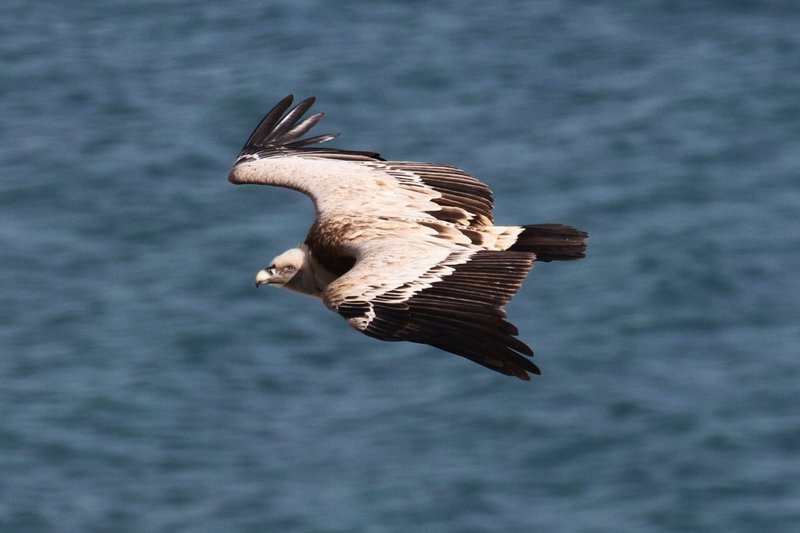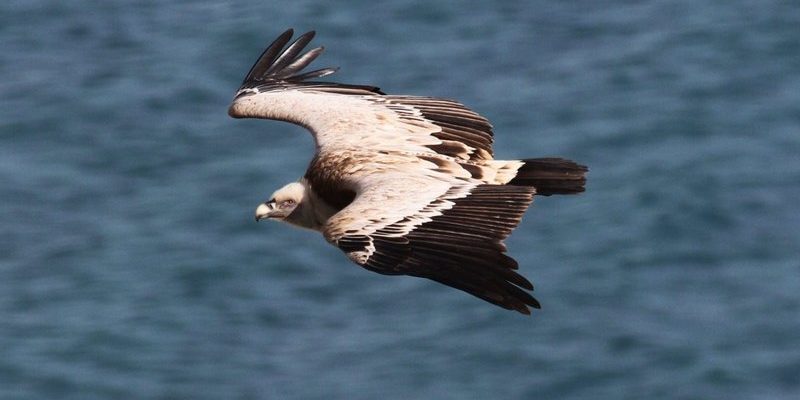
In many cultures, the Griffon Vulture embodies themes of death and rebirth, often linked to the cycle of life. This duality can be compared to the changing seasons—where life, death, and renewal are all part of the same story. Let’s explore how this remarkable bird is woven into the fabric of human storytelling, art, and beliefs.
The Griffon Vulture in Ancient Civilizations
The Griffon Vulture has made its mark in ancient cultures, often seen as a symbol of **strength** and **divinity**. In ancient Egypt, for example, the vulture was associated with the goddess **Mut**, who was often depicted as a bird or a woman with vulture features. She represented motherly love and protection, reflecting the nurturing aspect of vultures that care for their young.
Similarly, in ancient Mesopotamia, the vulture was revered as a powerful creature. It was not just a scavenger but a **protector** of the land, often depicted in art and sculptures. These images served as reminders of the vulture’s role in maintaining the balance of nature. Instead of seeing it merely as a creature of death, cultures viewed it as an important player in the constant cycle of life.
Here’s the thing: when we think about these ancient representations, we realize they speak to a deep-rooted respect for nature and its messengers. They remind us that every creature, even those associated with decay, has its purpose.
Folklore Stories Featuring Griffon Vultures
Folklore is rich with tales that feature the Griffon Vulture as a central character. In many stories, the vulture is portrayed as a wise guide, helping lost souls find their way. For instance, in some cultures, it’s said that when a person dies, a Griffon Vulture flies over to escort their spirit on its journey to the afterlife. This notion gives the bird an aura of **mystique** and reverence.
In Greece, you might come across stories of the Griffon Vulture that emphasize themes of **restoration and renewal**. It’s not uncommon for tales to depict the vulture as a figure that distributes blessings or healing energy, transforming decay into new growth. In this way, it symbolizes hope, teaching us that from endings come fresh beginnings.
This storytelling aspect shows how the Griffon Vulture is more than just a bird; it serves as a bridge between life and death, fostering an understanding of the natural world’s interconnectedness.
Symbolism in Modern Culture
Fast forward to today, and the Griffon Vulture still captures our imagination, appearing in various forms of modern media. You might find it featured in films, literature, and even logos, often embodying ideas of resilience and perseverance. The bird’s ability to soar high, often above mountains and valleys, symbolizes the strength to overcome life’s challenges.
Artists also draw inspiration from the vulture’s striking appearance. Its powerful silhouette against the sky can evoke feelings of mystery and adventure. Many contemporary pieces highlight the contrast between its beauty and its role as a scavenger, which challenges our perceptions of what is considered beautiful or noble in nature.
Honestly, the vulture’s unique character pushes us to reflect on our values. It encourages us to embrace the darker aspects of existence, understanding that every part of life has its significance.
Griffon Vulture in Popular Media
The Griffon Vulture has made appearances in popular media, from animated movies to literary works. These portrayals often highlight the bird’s role as a guardian or an unlikely hero. For example, in animated films, vultures are sometimes depicted as comical characters who, despite their grim job, showcase loyalty and bravery.
In literature, the vulture might appear in narratives that explore themes of **survival** and **adaptation**. These stories paint a picture of how the Griffon Vulture thrives in environments where others may struggle. Its ability to find sustenance in what is often deemed undesirable reflects a broader human experience—turning hardships into strengths.
You might be wondering how this representation impacts our view of vultures. It certainly challenges negative stereotypes. By showcasing the Griffon Vulture in a positive light, creators are helping society appreciate its role in the ecosystem, shifting the narrative from fear to respect.
The Griffon Vulture as a Cultural Icon
In some regions, the Griffon Vulture has become an emblem of local heritage. It represents the natural landscape, reminding communities of their connection to wildlife and the environment. Conservation efforts often use such cultural symbols to engage people in protecting these magnificent birds, fostering a sense of pride and responsibility.
Moreover, festivals celebrating natural wildlife may include the Griffon Vulture, using its image to promote the importance of biodiversity. These celebrations often feature educational talks, art displays, and storytelling sessions that build community awareness around conservation.
These cultural events emphasize that the Griffon Vulture is not just a bird, but a vital part of stories that shape identities and values.
Conservation and the Griffon Vulture
With growing concerns about environmental threats, the Griffon Vulture faces challenges in many regions. Habitat loss, poisoning, and food scarcity have put their populations at risk. However, the connection between the vulture and cultural representations can be a powerful tool in conservation efforts.
By promoting awareness through the cultural significance of the Griffon Vulture, advocates can encourage communities to participate in its protection. Education about the bird’s role in the ecosystem can foster appreciation and motivate action to save these majestic creatures.
Conservation programs often aim to reintroduce the Griffon Vulture into its natural habitat while collaborating with local communities to ensure a sustainable future. This demonstrates that, ultimately, protecting the vulture benefits us all, enriching our cultural legacy and biodiversity.
The Griffon Vulture isn’t just a bird; it’s a **symbol** that spans centuries and cultures. From ancient deities to modern storytelling, its representations challenge us to rethink our views on life, death, and the interconnectedness of all things. It serves as a reminder that even the creatures we might overlook have stories worth telling and lessons worth learning.
As we continue to engage with the Griffon Vulture in our culture, let’s remember the importance of embracing nature—not just for its beauty, but for its role in the intricate web of life. Through stories, art, and conservation efforts, we can ensure that the legacy of this incredible bird remains alive for future generations, celebrating its significance in both our hearts and our planet.

